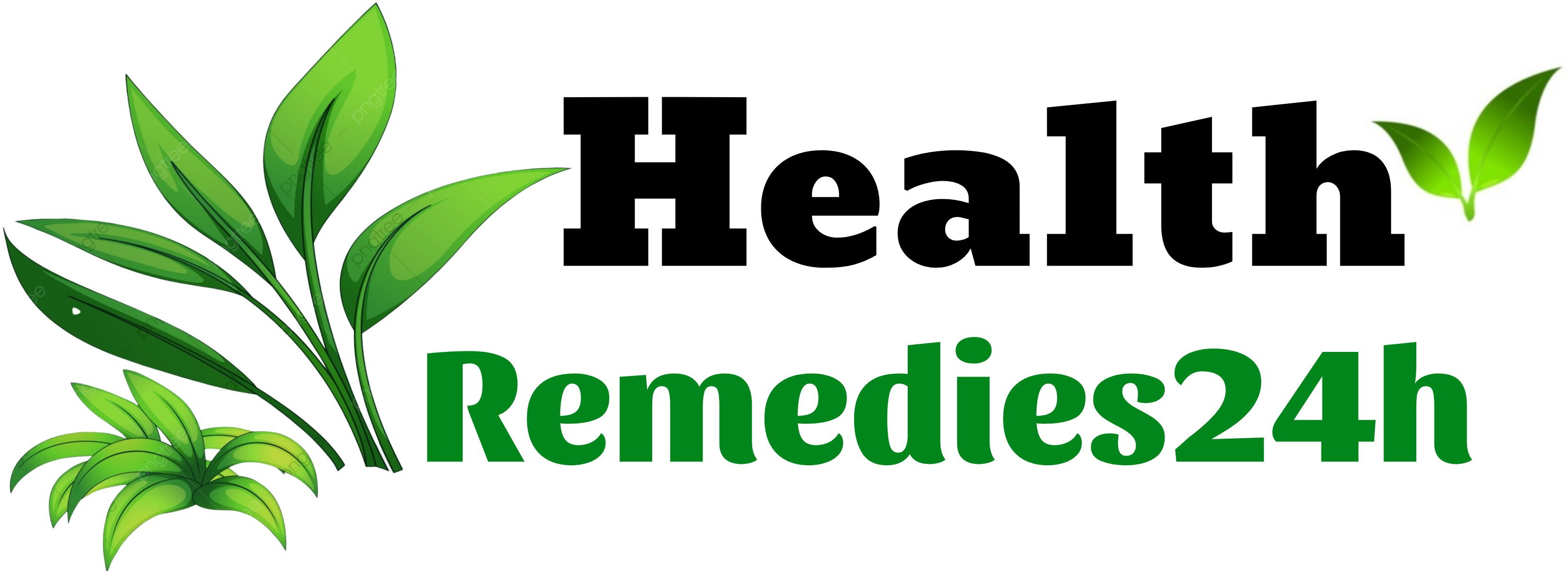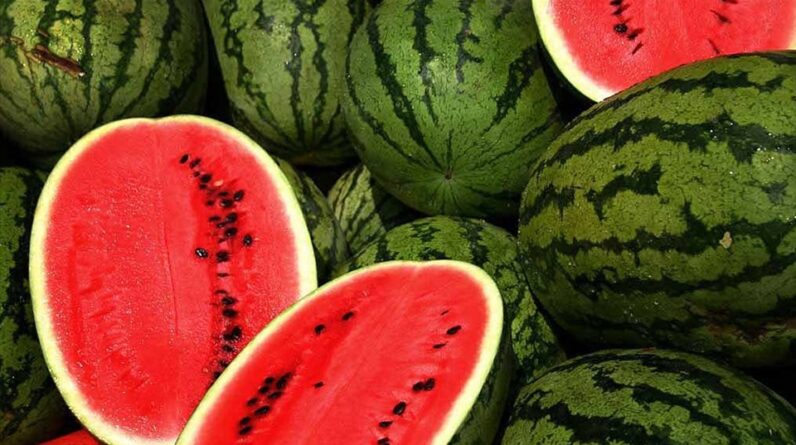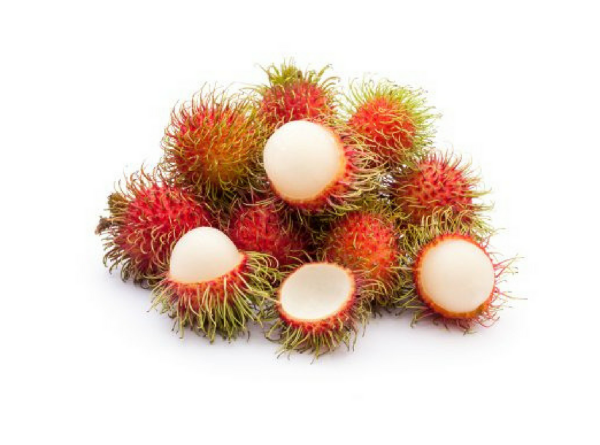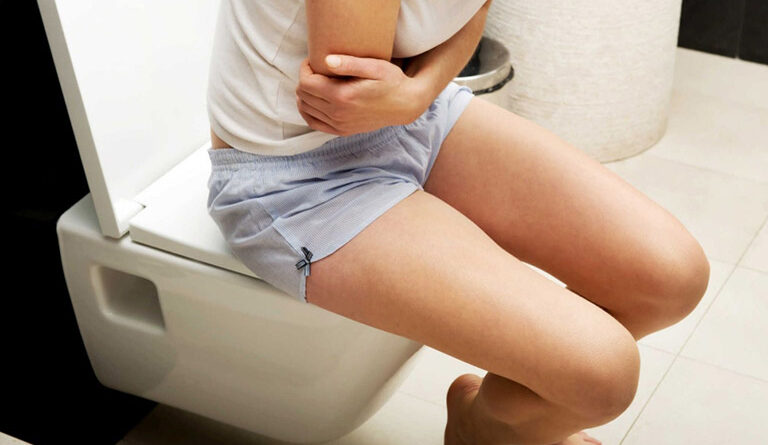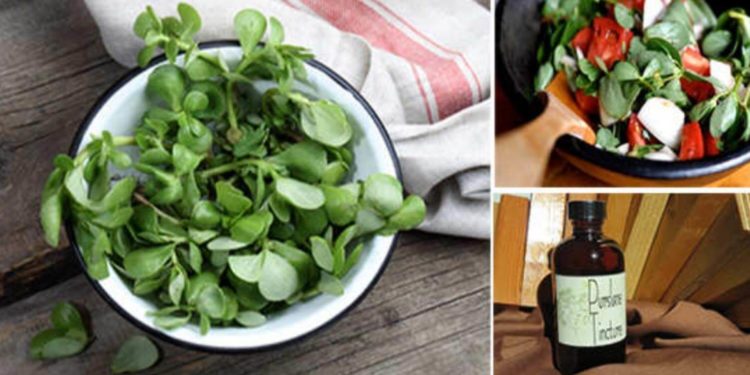
Herbal medicine hasn’t changed at all. The same plants provide the same medicinal benefits as before, even though most people are unaware of them and leery of their veracity.
In a post-disaster world, herbal medicine may be the only option left to us. When Big Pharma can no longer make and distribute their products to the pharmacies and physicians who dispense them, people will still need medicine. The solution for most will be to turn to the little bit they know or can learn about herbal medicines. Learning about them now merely gives us a head-start.
Meet Purslane

Chances are fairly high that you already have purslane growing somewhere in your yard, this prolific weed grows around the world, and can be found from coast to coast in the Continental United States. About the only place you can’t find it in the USA is in Alaska, where the climate is just too cold for it.
Purslane is a leafy plant, which produces yellow flowers. The stems of the plant are reddish on the top and light green on the bottom. Purslane leaves are spatula shaped and slightly puffy, especially during the summer, which is the best time to harvest them, unless you live in the south, where you can harvest it all year long.
You must be careful not to confuse purslane with the spurge weed, which looks similar, but is poisonous. There are a couple of ways of telling the difference between the two. First, purslane can grow to be 12” to 15” tall, while spurge lays flat on the ground. But this is not definitive as it depends on the growing conditions. The best test is to break the stem and squeeze out a bit of the sap. Spurge will have a milky sap (you shouldn’t eat any plants with a milky sap) and purslane will have a translucent, almost clear one.
As long as you have real purslane, any part of the plant which grows above the ground is safe to eat. It can be eaten raw or cooked in a variety of ways, just as if you were using any other leafy vegetable. The flavor is something like spinach and can be considered a substitute for spinach or watercress in salads and recipes. It can even be pickled to preserve it.

What’s So Special About Purslane?

Although we consider purslane a weed, it is one of the most nutritious plants you can find, packed with important micronutrients, while being low on calories. It contains beta-carotene, vitamins A, C and E, as well as some of the B vitamins, magnesium, calcium, potassium, folate, lithium and protein.
But the most important thing this vegetable contains, is Omega-3 fatty acids, 8.3 mg for every gram of weight. Nutritionists have long touted the importance of eating fish or taking fish oil, as a source of Omega-3. Purslane provides an even better source of this nutrient for those who can’t or don’t want to eat fish.
It is also an excellent source of melatonin, which helps regulate sleep. Melatonin is an antioxidant, which acts as a hormone. It is naturally found in the body, as a product of the pineal gland. Those who have trouble sleeping often have a low level of melatonin in their bodies, which is normally treated by taking melatonin in tablet form. However, this plant offers levels of melatonin which are as much as 1,000 times higher than that available in any other plant.
What Can Purslane Do?
Purslane is a natural anti-inflammatory, antibacterial and antifungal, much like garlic. This makes it an excellent all-purpose herbal treatment for a variety of different ailments. The list of common ailments that can be treated with purslane, as part of an overall treatment strategy, is impressive:
Skin Problems
- Burns
- Dermatitis (skin irritations)
- Insect stings
- Pruritus (a severe itching of the skin) – this is a symptom of various ailments
- Skin sores
- Abscesses (an area of pus, under the skin, caused by an infection)
- Eczema (white patches of the skin that are rough and inflamed)
Any of these skin problems are best treated by making a poultice and applying it directly to the affected area. To make poultice, grind up enough purslane (leaves and stems) in a mortar and pestle to cover the irritated area. You don’t need a thick coating, an eighth of an inch will do. The key thing is to have enough to cover the entire area. Apply the ground up purslane to the affected area and cover with cloth (a gauze pad works well); then tie in place. You can use an elastic bandage or elastic gauze for this.
Leave the poultice in place for at least 30 minutes. Repeat the treatment two to three times per day. The same poultice can be used up to six times, as long as it is kept moist. However, if it dries out enough that the sap from the leaves is no longer visible, it should be thrown away and replaced.
Earache
Earaches are normally a form of infection. Due to their location, they are best treated with a tincture, as shown below. Put three to four drops of the tincture in the ear canal and hold in place by stuffing a small piece of a cotton ball into the ear canal. Leave in place for at least 10 minutes, before removing the cotton.
Repeat this treatment three to four times per day, until at least two days after the earache is gone. Please note that the pain will stop before the infection is fully eliminated. That’s why it is necessary to continue treatment after it seems to be healed.
Internal Infections
- Colitis (an inflammation of the large intestine’s lining)
- Dysentery (a bacterial infection of the intestines)
- Enteritis (the inflammation of the small intestine) – which can be caused by viral or bacterial infection, poor blood flow, inflammatory conditions or problems with alcohol or drug abuse
- Fever
- Painful urination – usually caused by an infection
- Shingles (an inflammation of the nerve ganglia in adults, caused by the same virus that causes chicken pox in children)
- Stomach aches – a common bacterial infection
The body’s immune system fights against these internal infections. Purslane can help by augmenting the body’s natural antibodies. To use purslane for internal infections, add about 1/8 cup of purslane leaves (whole or chopped) to salads or vegetables in each meal (three times per day). You can also eat the leaves directly, but it is more flavorful as part of other foods.
Please note that since purslane is a natural herbal remedy, you basically can’t overdose on it, unless you try to make your diet wholly of purslane. Any excess that you eat, over and above what your body needs, will be eliminated as waste.
Other Ailments
- Arthritis
- Diabetes
- Headaches
- Ulcers
As with infections, treatment of these ailments is best accomplished by adding purslane to the diet, making it part of your salads and vegetable dishes. These are serious conditions, which purslane cannot cure on its own. However, it will help in your body’s fight against them.

Please note that there are other conditions for which people have claimed that purslane has made a difference, but these are not confirmed. The ones listed above are conditions where there is enough evidence to show that purslane has made a significant difference in dealing with the condition.
This does not mean, however, that purslane is a miracle cure, which will take care of these conditions with one dose. Most of these conditions need time to heal; but purslane promotes that healing. It also promotes general health, when consumed as a regular part of your diet, helping to prevent these conditions from occurring.

How To Use It
As with many herbal medicines, there are a variety of different ways of using purslane. You can buy dried and crushed purslane, to be taken as a dietary supplement. However, we’re operating under the assumption that you need purslane for survival purposes, where that won’t be available.
For internal infections and other conditions, the purslane is best eaten, either raw or cooked. However, as is typical for vegetables, some percentage of the nutrients come out of the plant while it is being cooked, especially if it is boiled. Using it raw, such as in a salad, ensures that all the nutrients are received.
When using purslane or other herbal medicines for treating skin disorders, burns or insect bites, it is best to make it into a poultice and apply it directly to the affected area, binding it with a cloth. Crush the purslane with a mortar and pestle, before applying, so that the inner part of the leaf and the sap can make contact with the infection. The nutrients will then be absorbed directly through the skin.
Tincture Of Purslane

In a few cases, such as earache, it is best to make a tincture out of the herb, creating a concentrated form of the herb (much like essential oil) which can be applied with an eye dropper. This is accomplished by soaking the leaves (preferably crushed leaves) in alcohol, allowing the alcohol to draw out the nutrients. You need a high proof alcohol for this (at least 80 proof) or as an alternate, you can use apple cider vinegar.
To make a tincture, crush the leaves and place them in a pint jar, filling the jar 1/3 to ½ of the way full; don’t pack the leaves down. Then fill the jar with alcohol and seal it shut. Store the jar in a cool dry place and shake daily for three weeks or more. When the tincture is done, filter out the leaves and store the final product in a colored dropper bottle.
Tinctures made with alcohol will keep indefinitely, but tinctures made with apple cider vinegar need to be refrigerated. Even then, they will only keep for about six months.

